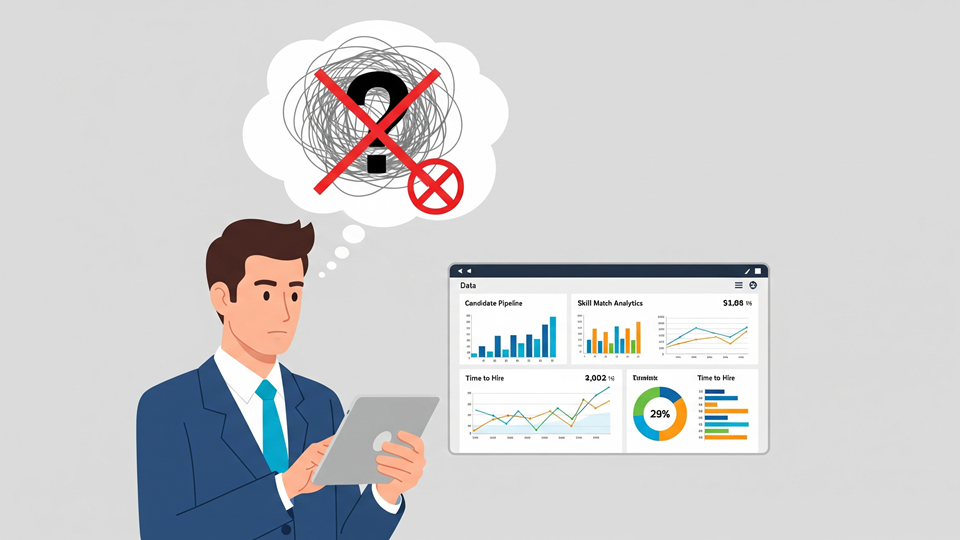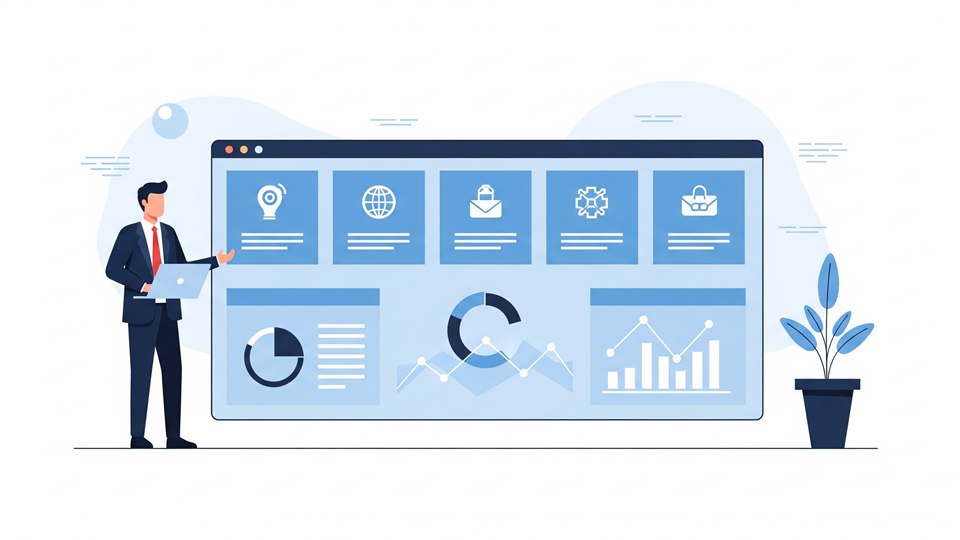Introduction
Hiring decisions have traditionally relied on intuition, but startups and growing businesses can now leverage data to make smarter, more objective choices. Using recruitment analytics helps companies identify top talent faster, reduce turnover, and improve overall hiring efficiency. This post explores why analytics should guide hiring processes and how to implement data-driven strategies effectively.
The Limitations of Gut-Based Hiring
While intuition can sometimes be accurate, relying solely on gut feelings introduces bias and inconsistency. Studies show that subjective decision-making can lead to overvaluing certain candidates and missing out on diverse or high-potential talent. According to LinkedIn’s 2023 Talent Trends report, companies that rely on structured data-driven recruitment are 40% more likely to retain employees for over three years.
Key Recruitment Analytics Metrics
1. Time-to-Hire
Track the average time from job posting to candidate acceptance. Data helps identify bottlenecks and optimize hiring speed.
2. Source of Hire
Analyze which channels (job boards, referrals, social media) produce the highest quality candidates. This helps allocate recruitment resources efficiently.
3. Candidate Conversion Rates
Measure how many applicants progress through each stage of the hiring process. Low conversion rates may indicate unclear job descriptions or inefficient screening methods.
4. Quality of Hire
Assess new hires’ performance, engagement, and retention over time. Linking analytics to performance outcomes ensures recruitment decisions are aligned with business success.
Implementing Data-Driven Hiring
1. Leverage an ATS
Modern applicant tracking systems centralize candidate data, track metrics automatically, and generate reports. Platforms like Greenhouse, Lever, and Workable allow recruiters to make informed decisions backed by data.
2. Standardize Processes
Structured interviews, consistent scoring, and clear evaluation criteria improve the reliability of analytics and reduce bias.
3. Use Predictive Analytics
Some platforms offer predictive models that forecast candidate success based on past hiring data. These insights help focus attention on candidates with the highest likelihood of performing well.
4. Continuous Monitoring
Regularly review recruitment metrics to identify trends, optimize strategies, and adapt to changing business needs. Data-driven hiring is an ongoing process, not a one-time implementation.
Benefits of Analytics in Recruitment
Implementing analytics in hiring leads to faster decisions, higher quality hires, reduced turnover, and increased diversity. Data-backed insights also help justify recruitment budgets and demonstrate ROI to stakeholders.
Conclusion
Transitioning from gut feeling to data-driven hiring empowers startups and growing businesses to make more objective, effective decisions. By tracking key metrics, leveraging technology, and continuously monitoring results, organizations can attract top talent, improve retention, and build a scalable, evidence-based recruitment strategy that supports long-term growth.





